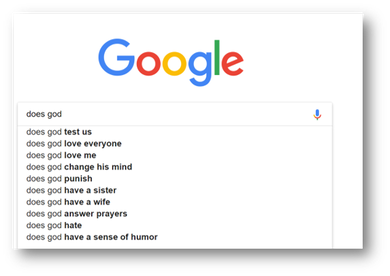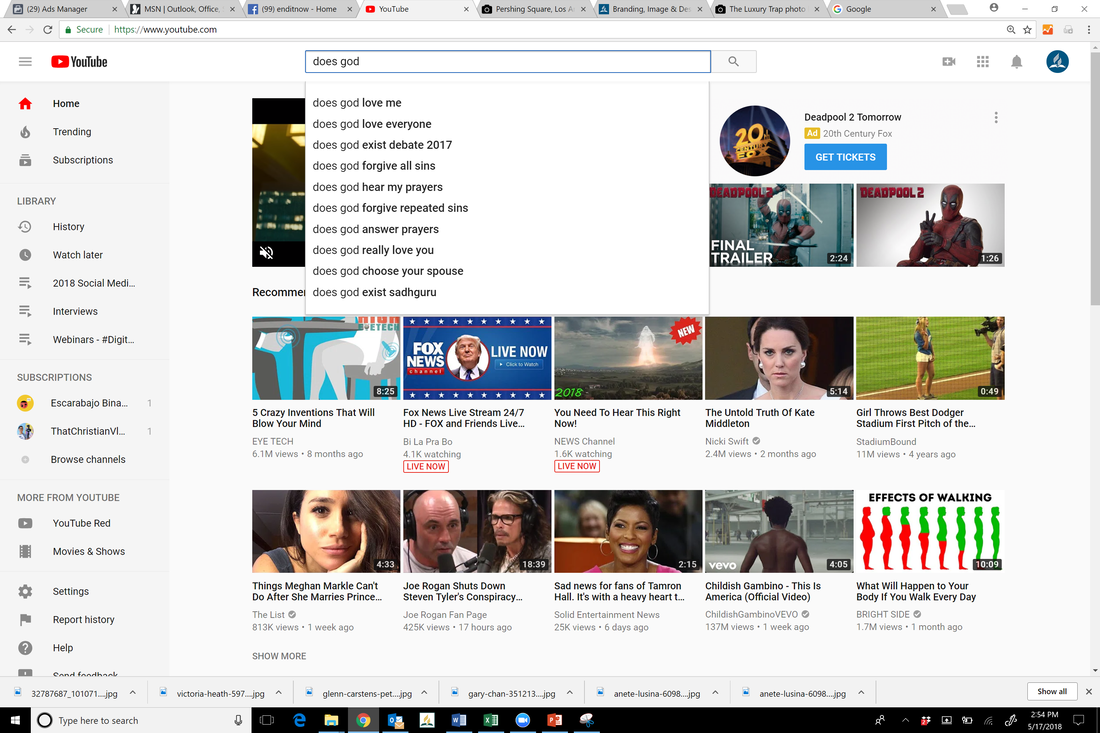Jamie Jean Schneider DommDigital Strategist for the North American Division Social media can seem daunting, but it doesn’t have to be. For most Adventist entities, social media manager is just one of many hats an employee might wear. If you happen to be a full-time digital strategist, you’re likely managing multiple campaigns and projects at once. Regardless of your level of expertise, there never seems to be enough time in the day to accomplish everything you need to do in order to stay on top of the ever-growing evangelistic influence of social media. Over the years, I’ve learned to streamline my approach in order to tackle a large workload. Here are my top three tried and true time-saving tips for developing your content or campaign strategy: 1.) Schedule your content in batches – Scheduling your content (and ads) in advance helps you focus on big picture items without the urgency of consistent posting. Plan out regular content in advance and make time to schedule it in monthly or bi-weekly chunks. Then you can focus your attention on engagement, community building, data analysis, strategic planning, and other projects. This also empowers you to be more proactive in your digital strategy, as opposed to reactive.
For example: If you’re running four digital campaign strategies (for different brands) at once, keeping up with the continual need for content is easily managed with this technique. It takes me one to three hours, depending on the campaign, to plan, write, and schedule the posts for a month across multiple platforms for each campaign. If you carve out time each week to focus on just one of the four campaigns, that’s between one and three focused hours a week spent scheduling content. Then your social media posts are taken care of for each campaign on a rolling basis, allowing you to stay on top of performance analytics and enabling you to better evaluate and optimize your strategy. This also frees you up to respond quickly to comments or address any unexpected issues or changes. Helpful resources:
2.) Create evergreen content or repurpose posts – Just because you posted a piece of content once doesn’t mean your entire audience has seen it or had the time to react. Remember the “Rule of 7” states that a person must see a message at least seven times before they take action. Consequently, it’s a good idea to use one post multiple times to ensure greater exposure. For an awareness campaign like #enditnowNAD, we had two solid testimonies on why greater awareness and education is needed for pastors, church leaders, educators, and anyone working with children to effectively identify and report abuse. Over the course of a six-month campaign, we scheduled each testimony three times, with slightly different wording and images, and at different times of day and days of the week, to reach different groups of people. Each time, the content was well received. It was a long campaign, and we did this with much of the educational content that we were sharing on our various channels. We invested our time into creating compelling posts, strong resources, and images that could be used multiple times to reinforce our mission instead of constantly seeking to create new original content. New content was weaved in as it became available, but by using this technique, we were able to guarantee a consistent posting schedule. For event-specific campaigns, you can leverage this technique to build urgency towards deadlines. For example, as the last day for an early-bird registration approaches, you can rework the same message and call-to-action using key buzzwords to attract attention. For example:
Helpful resources:
Helpful resources:
Fellow digital missionaries, I hope you found these time-saving tips helpful. Be sure to comment below. I’d love to hear what other ways you save time or streamline your efforts. Jamie Jean Schneider DommDigital Strategist for the North American Division If you’re like me, you’ve hit a creative roadblock at some point. Doesn’t matter if you’re a pastor, Christian vlogger, or a digital disciple, we have all run out of content ideas and sat staring at our laptops at some point. As digital missionaries, we want to create relevant content, but may not always be sure what people are searching for online. Our purpose is to meet the needs of people in the digital space, and luckily, the inspiration we need lies in tools many of us use every day. If we’re strategic and intentional with the content we create, we can provide people with the answers and connection they are looking for online. We've said this before: people are Googling for God, and it’s still very true. Each year there are millions of Google searches for answers to questions like:
There is a great need for our message of hope. Additionally, many people are hurting, entertaining suicidal thoughts, or feel there is no hope for their situation. They turn to the internet for companionship, understanding, information, anonymity, and more. It’s easier for them to pour out their heartfelt searching to Google or on social media than it is to talk to a friend, neighbor, co-worker, or family member. Consequently, this is where we, as disciples, need to cast our net. To do that, we need to use the kind of spiritual food the fish are looking to feed on. Here is our easy tip for a wealth of content ideas:Find content, write content, and curate content related to top Google searches. Frame your posts to pique curiosity and answer people’s questions, addressing their deepest longings. You can get top search data from any search engine, YouTube, and other social media trend tracking sites. Try it. Start typing in a question and let the search engine auto-finish. The top results represent the most popular search queries. In other words, you will see what large numbers of people are searching for online. It gives you a sneak peek into their needs, worries, nagging questions, and often hidden longings. These trends allow us to predict what topics audiences may find interesting, and we can use this predictability to speak to the masses in a relevant way. When we make content that speaks to the spiritual needs of people and seeks to address their deepest longings, we can change lives through digital evangelism. Bonus Tips:
Jason AlexisDigital Strategist for PastorsLine and co-author of reTHINK.Ministry. So, you're ready to level 2 your text strategy. Before diving in, remember these simple rules:Usually creating a texting campaign is relegated to the advertising 'department' and would be used to sell a product. For you and the church, it will be used to promote your message and services to your members. To maximize engagement and impact, you want to use SMS technology effectively, keeping your members reading and responding to your messages.
To accomplish your goals, you should follow these simple steps to keep them tuned in to Jesus:
To help you get started with texting for churches, download this free guide. Resources: |
Archives
August 2020
Categories
All
|
- Home
- BLOG
-
RESOURCES
-
RESOURCE MENU
>
- ADVENTIST IDENTITY GUIDELINES
- BIG DATA RESOURCES
- BRANDING, IMAGE & DESIGN RESOURCES
- CHURCH/MINISTRY SPECIFIC RESOURCES
- COPYRIGHT & TRADEMARK BASICS
- COURSES
- EMAIL RESOURCES
- GUIDANCE FOR HIRING SOCIAL MEDIA POSITIONS
- PODCASTS
- REPORTS & CASE STUDIES
- SOCIAL MEDIA RESOURCES
- (SOCIAL) VIDEO RESOURCES >
- TEXTING 4 CHURCHES
- TRACKING & ANALTYICS
- WATCH VIDEOS & TUTORIALS
- WEBSITE TIPS
- SOCIAL MEDIA GUIDELINES
-
RESOURCE MENU
>
- SEO
- Digital Discipleship & Evangelism
- COVID-19 RESOURCES
- eNEWSLETTER





 RSS Feed
RSS Feed